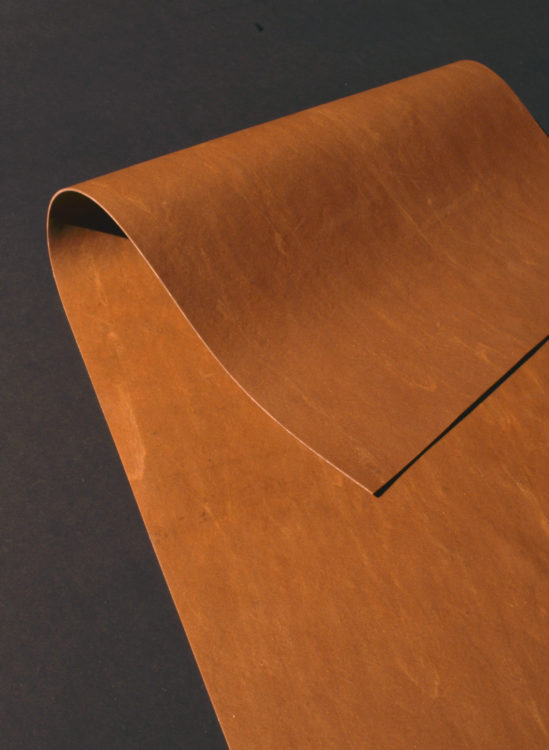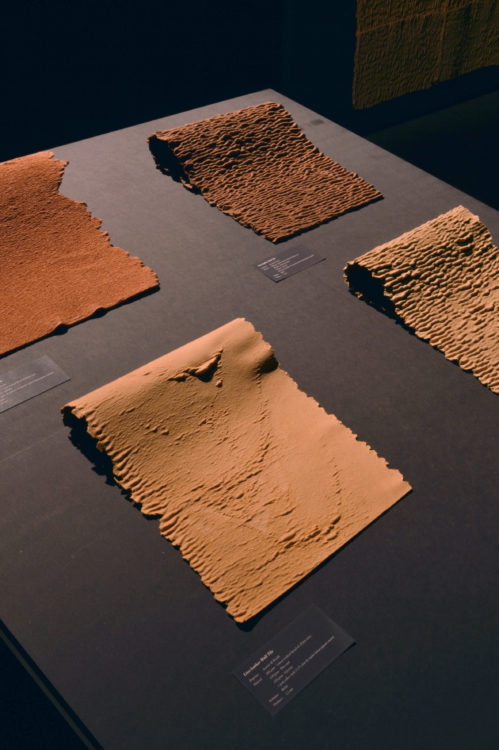Linoleum leather
Posted by Bath Bespoke on 10 December 2018
Designers, material scientists and entrepreneurs around the world have been working to find a vegetarian and vegan alternative to leather and now Design Academy Eindhoven graduate, Don Kwaning, has developed a new option.
We keep a close eye on developments tackling the environmental impacts of materials and production within the design industry and the news that a viable alternative to leather for use in interiors is on the horizon grabbed our attention recently…
 On display at Design Academy Eindhoven’s exhibition during Dutch Design Week, designer Don Kwaning showcased a new material for interior and furniture design called Linoleum Leather that emulates the texture of leather.
On display at Design Academy Eindhoven’s exhibition during Dutch Design Week, designer Don Kwaning showcased a new material for interior and furniture design called Linoleum Leather that emulates the texture of leather.
Kwaning specialises in finding new uses for natural materials and teamed up with flooring manufacturer Forbo to develop new treatments for linoleum that could make it more versatile “I like projects that aim to change the industry by introducing new ecological substitutes for existing materials that are toxic or harm animals.”
He examined how the material gained texture throughout the production process and proposed it could be used as wall tiles for acoustic covering or as a vegetal leather alternative for furniture.

“Linoleum is an overlooked material…with great future potential. Many people don’t even know it’s made from only natural materials.“
Linoleum is usually made from a compound consisting of plant-based oils and resins mixed with minerals or fine powders such as ground cork. The compound is set onto a textile backing, such as canvas, and can be tinted to create different colour finishes.
It is mainly applied as flooring but by variation in amounts of the components like linseed oil, limestone, plant fibres and pigments, the material gains depth and becomes more soft and textured – while having two usable sides instead of one, which decreases material waste for furniture applications.
“It ends up being similar to saddle leather and can be used on a flexible chair seat or as upholstery for a couch,” Kwaning explained. “I took out all the pigments to give the material more depth which also gives the Linoleum Leather a more natural look since the materials that it is made from show in the colour. The colours that you see are the colours of the wood-flour which is one of the Linoleum Leather components.“
Crafting a sustainable, high-quality product that meets the demands of modern-day life (in both form and function) with minimal impact on the environment isn’t always easy, but it is always worth it. Reducing our environmental impact has long been an integral part of our business and a cause we will always champion within our industry; it is vital for the future success of our company, our society and our planet.